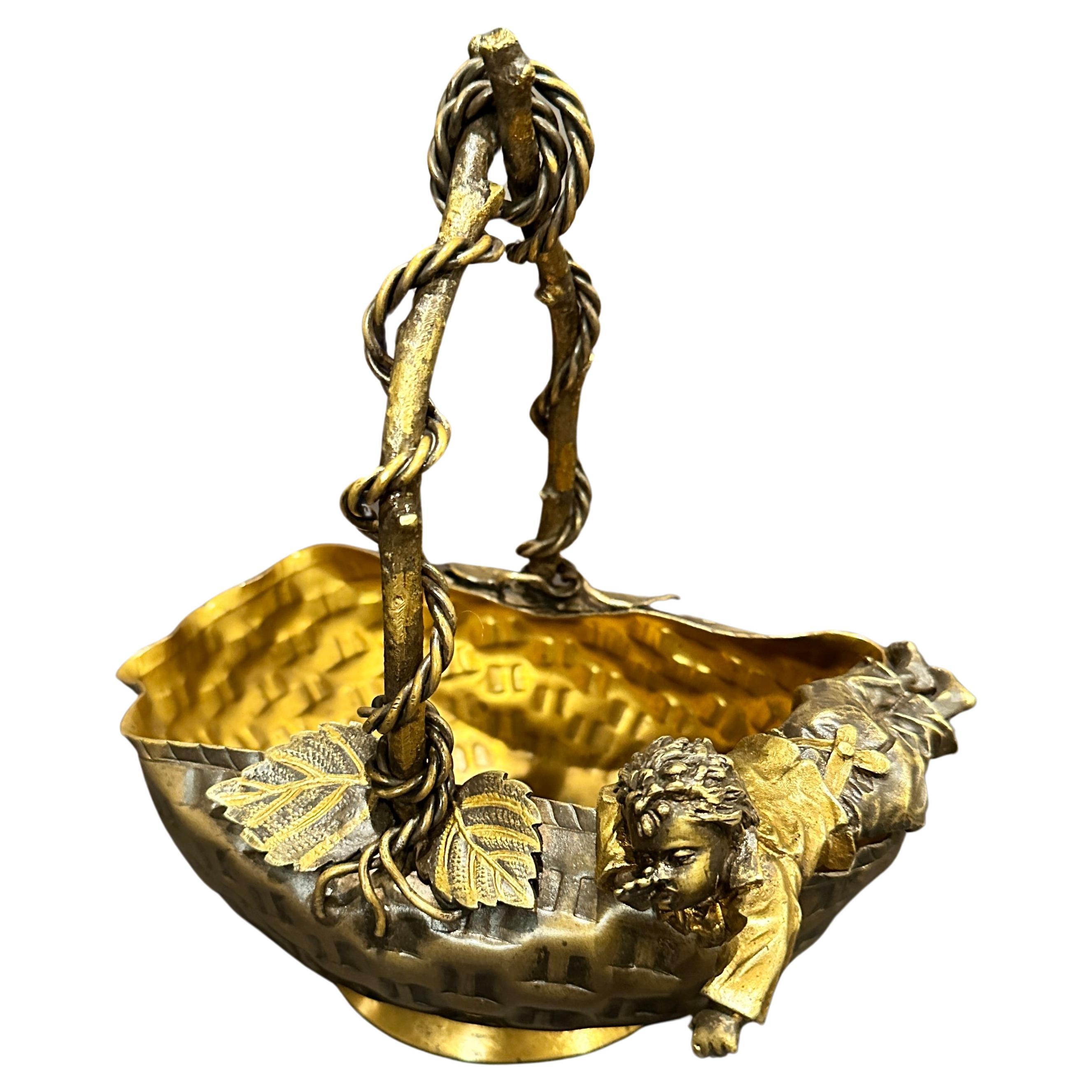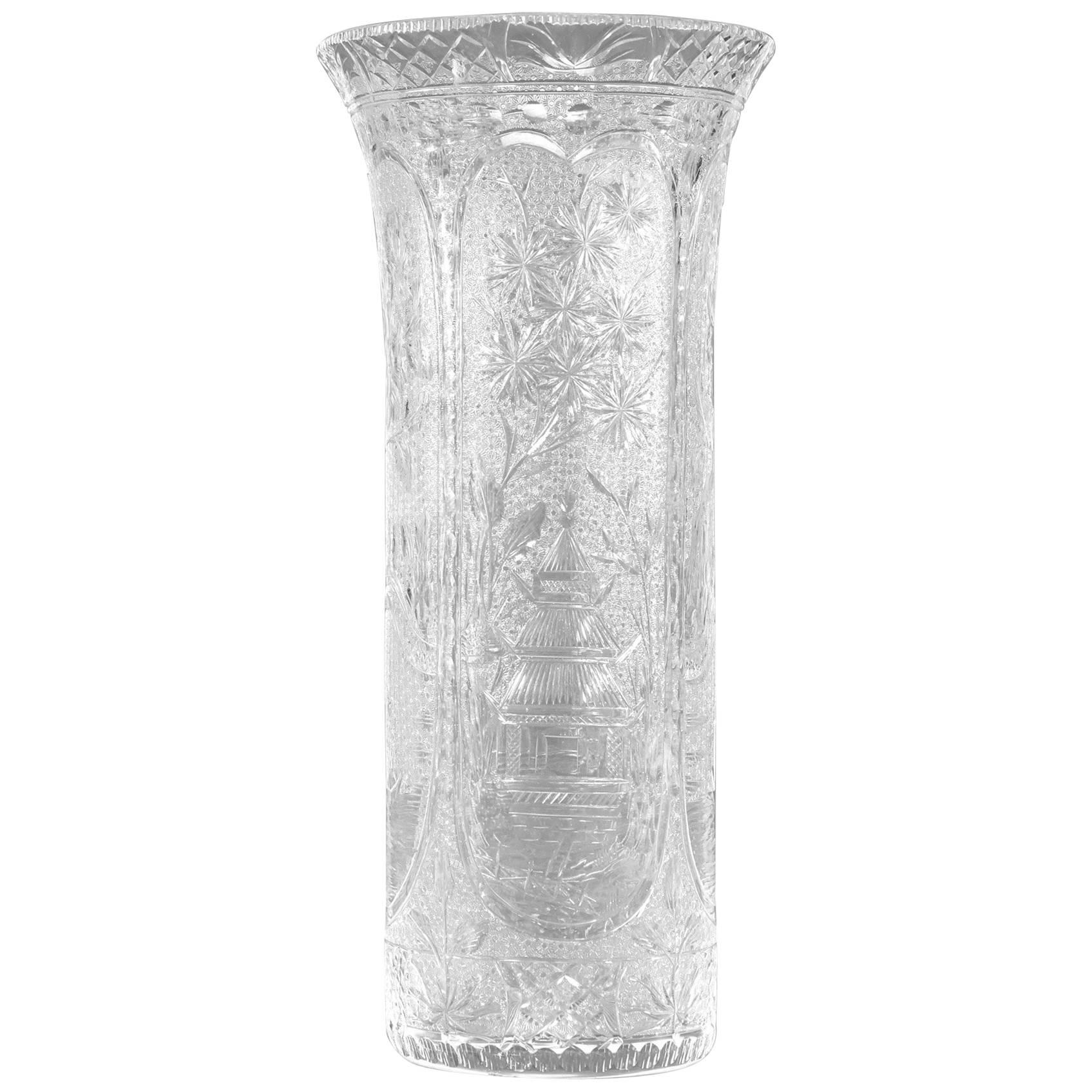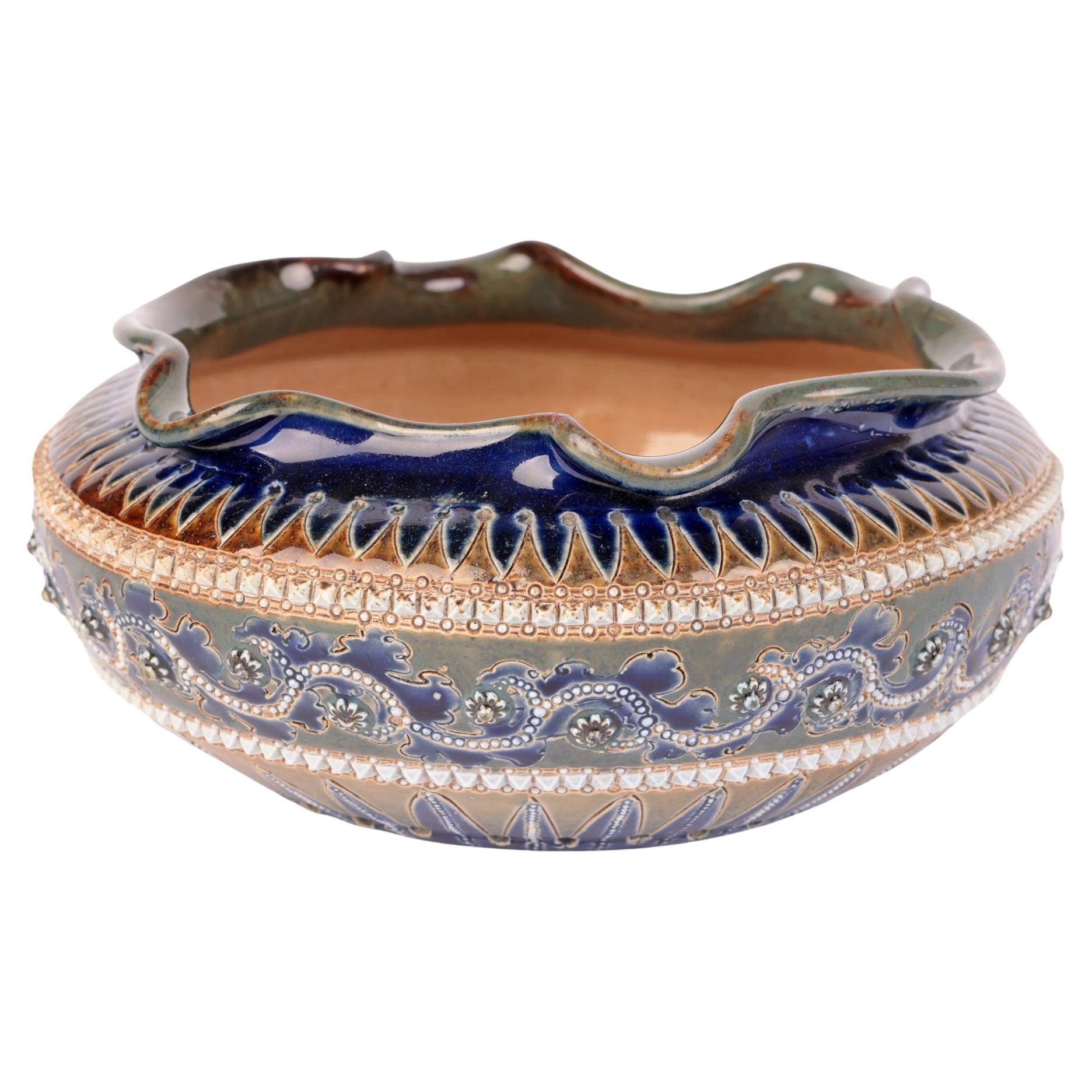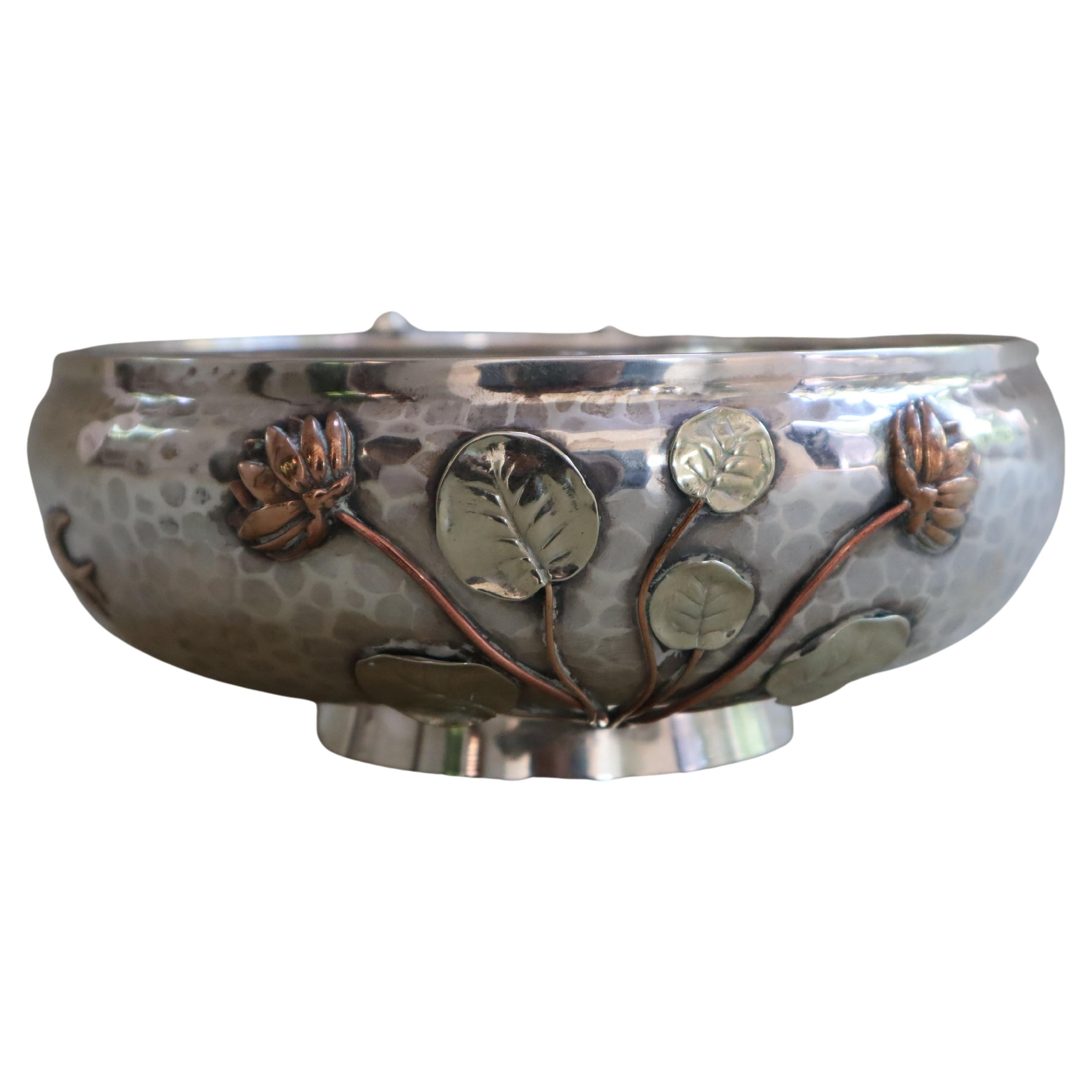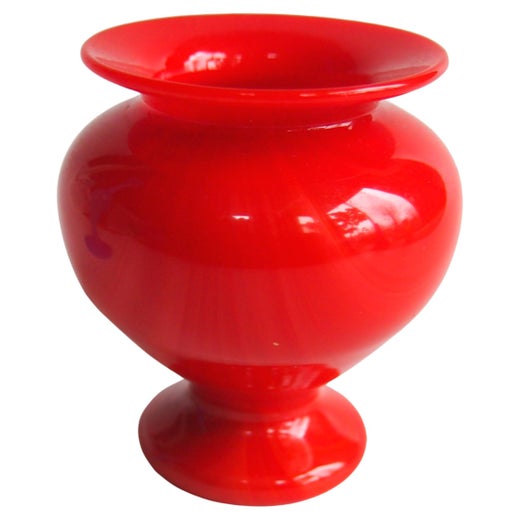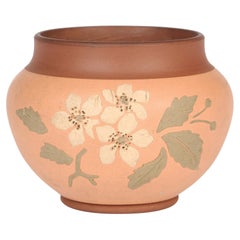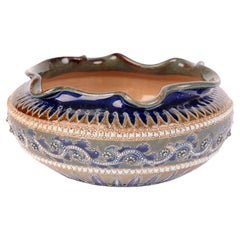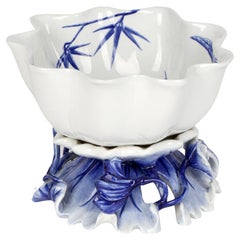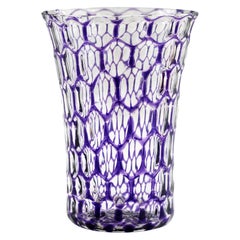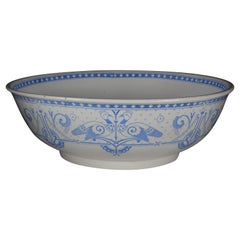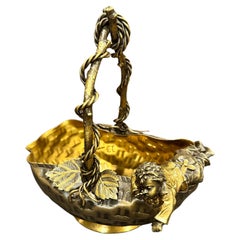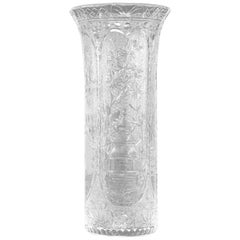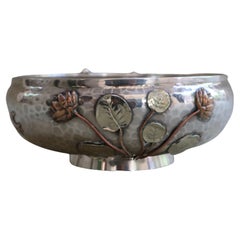Stevens & Williams Aesthetic Movement Jewel Pattern Glass Bowl
About the Item
- Creator:Stevens & Williams (Manufacturer)
- Dimensions:Height: 3.45 in (8.75 cm)Diameter: 6.5 in (16.5 cm)
- Style:Aesthetic Movement (Of the Period)
- Materials and Techniques:
- Place of Origin:
- Period:
- Date of Manufacture:1886
- Condition:Wear consistent with age and use.
- Seller Location:Bishop's Stortford, GB
- Reference Number:Seller: GL22128 1stDibs: LU1328238260912
Stevens & Williams
Acclaimed for exceptional and exquisite decorative glass vases, crystal serveware and other ornamental objets d’art, glassmaker Stevens & Williams was at the forefront of British glass design from the 19th to early 20th centuries.
Though the company began to take shape in 1776, Stevens & Williams Ltd. was formally established in 1847 in Brierley Hill in the West Midlands of England by entrepreneurs William Stevens and Samuel Cox Williams. During this period and into the late 19th century, demand was high for attractive, mass-produced glass, with imports providing strong competition for British glassmakers. Determined to produce glass products that were “a cut above the rest,” Stevens & Williams focused on creating unique and innovative glassware of unparalleled quality.
Led by master glassmaker John Northwood, Stevens & Williams became known in the 1870s for its hallmark colored glass. In 1880, the company garnered more attention when Northwood encouraged 17-year-old Frederick Carder to join the firm as a draftsman and designer. Despite Carder’s young age, Northwood recognized his prodigious talent for cameo work, engraving, cutting and intaglio, skills which would contribute to some of Stevens & Williams’ most beautiful glass and crystal pieces.
Toward the turn of the century, Stevens & Williams expanded from a traditional Victorian style to include elements of Japonisme and Art Nouveau, styles that particularly influenced Carder.
Northwood continued to work for the company until his death in 1902. A year later, Carder left for the United States, where he became famous for cofounding Steuben Glass Works in Corning, New York.
Stevens & Williams had considerable success in the early 20th century. In 1919, King George V awarded the firm its first Royal Warrant. In the 1930s, it was renowned for its Art Deco-style centerpieces, barware and other glass pieces. Stevens & Williams continued production until 1967. In 1968, the company’s name was changed to Royal Brierley Crystal.
Today, Stevens & Williams’ legacy lives on as one of England’s most revered glassmakers. Glass and crystal bearing the Stevens & Williams mark continue to be highly prized by collectors around the world.
On 1stDibs, discover a range of antique and vintage Stevens & Williams decanters, serveware and glass and decorative objects.
- ShippingRetrieving quote...Shipping from: Bishop's Stortford, United Kingdom
- Return Policy
More From This Seller
View AllAntique Late 19th Century English Aesthetic Movement Decorative Bowls
Terracotta
Antique 1870s English Aesthetic Movement Decorative Bowls
Stoneware
Antique 1870s English Aesthetic Movement Decorative Bowls
Porcelain
Antique Late 19th Century English Arts and Crafts Vases
Optical Glass
Early 20th Century American Art Nouveau Decorative Bowls
Art Glass
20th Century European Pottery
Pottery
You May Also Like
Antique 1880s English Aesthetic Movement Decorative Bowls
Ceramic
Antique Late 19th Century French Aesthetic Movement Decorative Baskets
Bronze
Antique Late 19th Century English Aesthetic Movement Crystal Serveware
Crystal
Antique 1880s American Aesthetic Movement Decorative Bowls
Silver
Antique Late 19th Century French Aesthetic Movement Decorative Baskets
Bronze
Antique 1870s English Aesthetic Movement Decorative Dishes and Vide-Poche
Bronze, Enamel
Recently Viewed
View AllRead More
How Do You Authenticate and Care for an Yves Saint Laurent Handbag?
When it comes to the legendary French design house, there is no substitute for true craftsmanship. Xupes shows us how to spot it.
The Personal Luxury Goods Market amid COVID-19
1stDibs dealers discuss the challenges of this unprecedented time, and the signs of hope.


